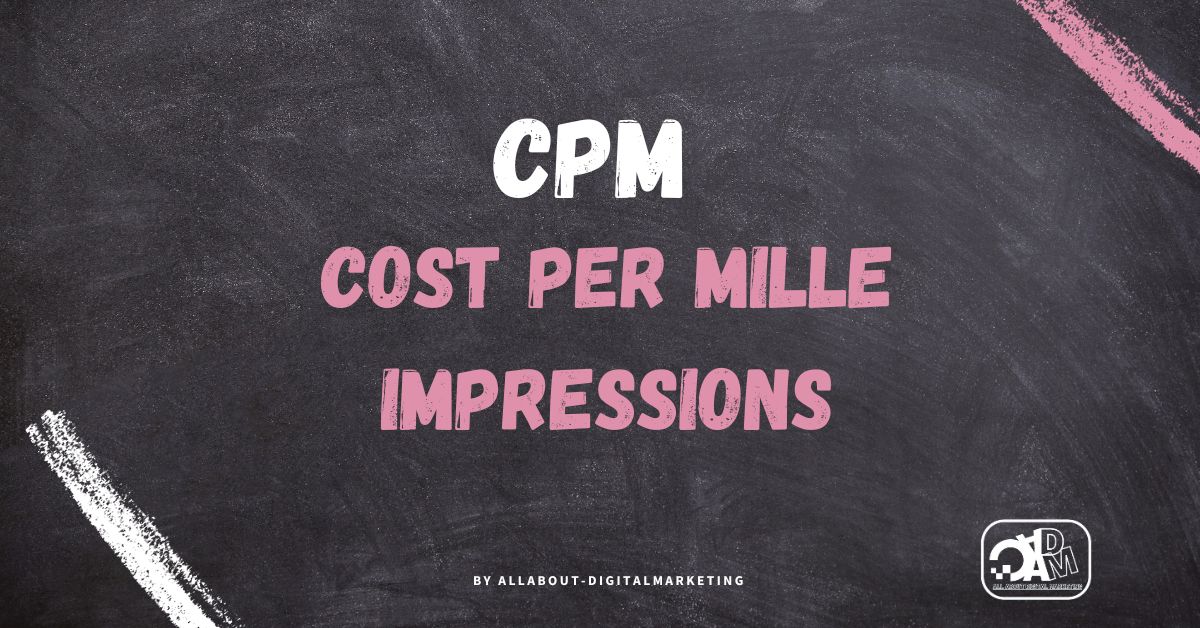Definition
CPM, which stands for “Cost Per Mille” (Mille being Latin for thousand), is a metric used in advertising to measure the cost an advertiser pays for a thousand impressions of their ad. It is a common way of pricing and evaluating the effectiveness of advertising campaigns. CPM is widely used in the online advertising industry, particularly for display and video ads.
To calculate CPM, you can use the following formula:
CPM = (Cost of Advertising / Total Impressions) x 1,000
Here’s a breakdown of the components of this formula:
- Cost of Advertising: This is the total cost paid by the advertiser for running their ad campaign. It’s typically expressed in the same currency, such as dollars or euros.
- Total Impressions: Impressions refer to the number of times an ad is displayed to users. It’s important to count every time the ad is viewed, regardless of whether or not it leads to a click or any other action. The total impressions for a campaign are typically provided by the ad platform or publisher.
- 1,000: This is a constant used to convert the result into a per-thousand basis, which is what CPM stands for.
Once you have the cost of advertising and the total impressions, you can plug these values into the formula to calculate the CPM. The result will tell you how much the advertiser paid for every 1,000 ad impressions.
Formula
CPM = (Cost of Advertising / Total Impressions) x 1,000
For example, if an advertiser spent $500 to display their ad 200,000 times, the CPM calculation would be:
CPM = ($500 / 200,000) x 1,000 = $2.50
In this case, the CPM is $2.50, which means the advertiser paid $2.50 for every 1,000 ad impressions. This metric is valuable for advertisers to evaluate the efficiency and cost-effectiveness of their campaigns, and for publishers to understand how much they can earn for displaying ads on their platform.

